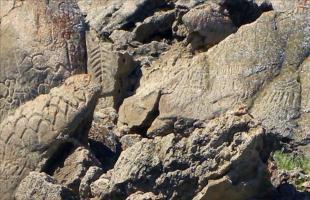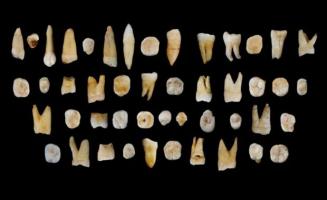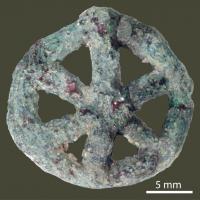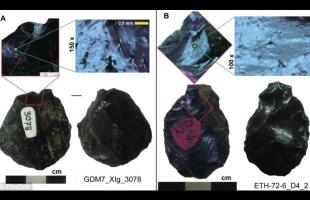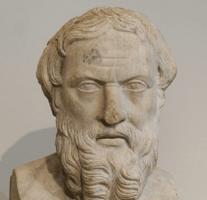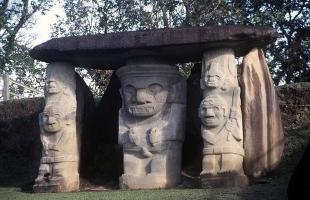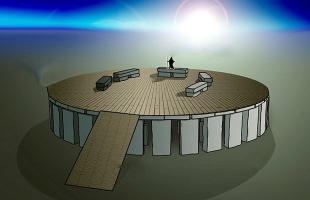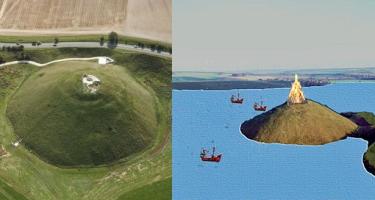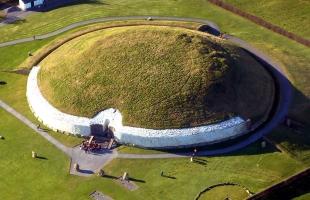The incredible seismoscope invented 2 thousand years ago in china
Our ancestors were less primitive than we usually believe. An example is the extraordinary device invented by the Chinese scientist Zhang Heng almost 2 thousand years ago: the seismoscope, a remarkably accurate device in detecting earthquakes.

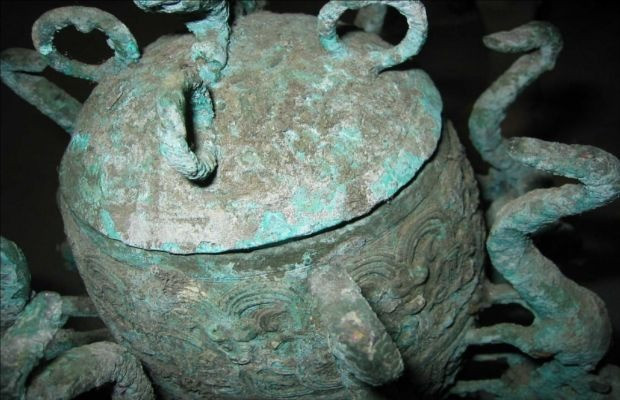
The first seismograph of the modern era was invented in 1703 by the French physicist Jean de Hautefeuille. The device gave scientists the ability to precisely measure the intensity of earthquakes and their dynamics. However, as often happens, that of Hautefeuille was a re-invention, given that a similar mechanism had already been invented 17 centuries earlier thanks to the genius of Zhang Heng, astronomer, mathematician, engineer, geographer and inventor who lived between 78 and 139 AD.
Ancient Chinese did not known that earthquakes were caused by the shifting of tectonic plates in the Earth's crust. They believed that they resulted from a cosmic imbalance of yin and yang, caused by the evil acts committed by the ruling dynasty at the time. For this reason, it was important for Chinese leaders to be aware of all earthquakes occurring in their realm.
Prompted by this need, Zhang Heng developed the world's first device capable of detecting earthquakes. Heng astonished the imperial court with his device, with which he could detect earthquakes even at great distances and which no one in the vicinity of the instrument was able to perceive.
The seismoscope was composed of a large bronze vase around which eight bronze dragons were arranged vertically, upside down, each oriented towards the primary cardinal points and with a bronze sphere in its mouth.
At the base of the container, corresponding to each dragon, there were toads with their mouths open upwards. If the instrument detected a shock, one of the bronze spheres automatically fell into the mouth of the corresponding toad and its position indicated the direction from which the shock had come.
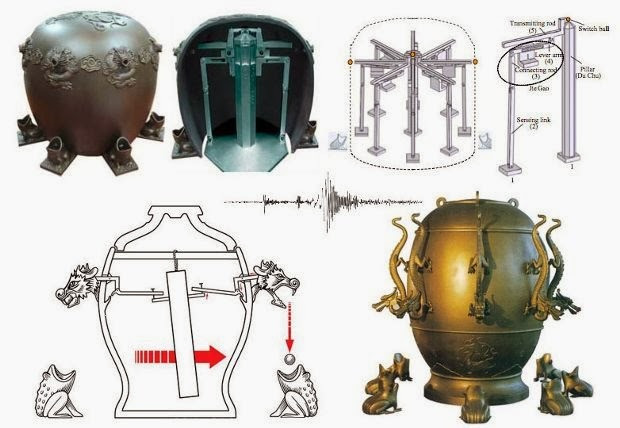
However, when Heng presented the invention, skepticism spread among officials in the king's court. The testing of the device took place in 138 AD, when a sphere fell without any earthquake having been felt. A few days later, a messenger arrived reporting news of an earthquake in Kasu, 600 km away, precisely in the direction indicated by the instrument.
In 2005, scientists in Zhang Heng's hometown of Zengzhou succeeded in replicating the seismoscope, testing it to detect simulated earthquakes from four different regions. The seismoscope was able to detect all simulated earthquakes, and the data collected in the tests exactly matched those collected by modern seismographs.
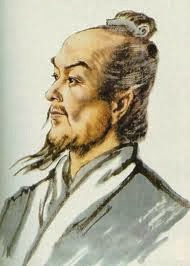
Zhang is considered the Leonardo da Vinci of the Far East. For much of his life, Zhang Heng was the royal astronomer of the Han dynasty and drew one of the first star maps, rivaling that created by Hipparchus in 129 BC, of which he had no knowledge: in it he specified the exact position of 2,500 stars, renaming approximately 320 of them.
He estimated that the night sky, of which he could see only part, contained 11,500 stars, an exaggerated number even for an observer with good eyesight, but not a bad estimate at all.
He correctly explained the phenomenon of lunar eclipses, claiming that they occurred when the Moon crossed the Earth's shadow cone: the latter was imagined as a small sphere suspended in space, surrounded by an immense and very distant spherical sky. In the year 123 he corrected the calendar to adapt it to the cycle of the seasons.
The scientific achievements of Zhang Heng's genius have been rewarded by subsequent generations. In 1970, the United Nations named a lunar crater after him. In 1977, asteroid 1802 was also christened with the name Heng, finally attributed to a golden yellow mineral discovered in 1986. A well-deserved recognition for this great genius of ancient China.









